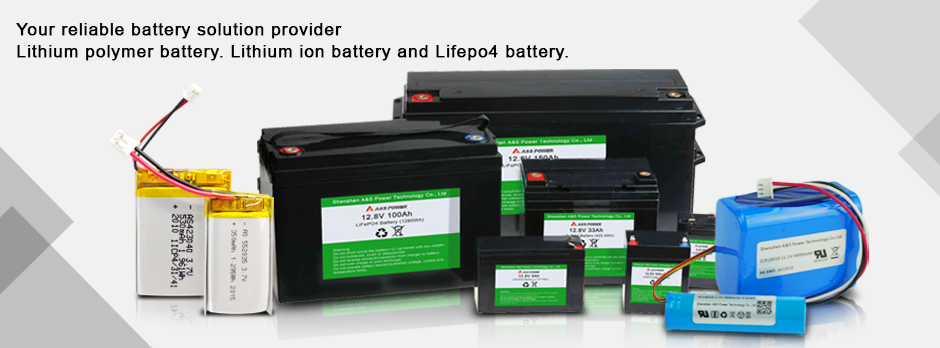Understanding of anode materials for lithium ion batteries
2021-06-23
Anode material has always been the core of lithium ion batteries, and its choice directly determines the performance of batteries.The main choice of anode material is reversible lithium removal and lithium embedded transition metal oxide, which is one of the important components of
lithium batteries. Lithium ion anode materials are mainly composed of oxides. At present, LiCoO2, LiMn2O4, LiFePO4 and other lithium compounds are common anode materials.They have a higher electrode potential than lithium, which ensures a higher open circuit voltage.Because the anode material has a great influence on the battery performance, many researchers devote themselves to developing the anode material with higher performance.In recent years, some new structural materials such as silicates, borates and peridotite structural derivatives have also been used as anode materials.Due to abundant manganese resources and low raw material cost, LiMn2O4 has high working voltage and energy density, and is environmentally friendly, so it has become one of the most potential anode materials.LiCoO2 is one of the most widely used anode materials in commercial lithium ion batteries
But its raw material cost is expensive, the environmental harm is big, also has the security hidden danger, more and more difficult humanity satisfies the development need.LiMn2O4 is spinel structure, which is environmentally friendly, rich in raw material resources, low cost and good safety performance, environmentally friendly and other advantages. LiMn2O4 is one of the most potential anode materials to replace LiCoO2.Mn in spinel LiMn2O4 contains Mn3+ and Mn4+. Under the action of electrolyte, Mn3+ in LiMn2O4 will have disproportionation reaction, and Mn2+ generated by disproportionation reaction will be dissolved in the electrolyte.There is a small amount of H2O in the electrolyte, and Mn2+ reacts with LiPF6 and H2O in the electrolyte to form HF acid, which in turn accelerates the disproportionation reaction, further accelerating the dissolution of Mn3+, seriously damaging the spinel structure, and leading to the degradation of cycling performance.This is also the main reason for the rapid decline of spinel LiMn2O4 capacity at high temperature.
In addition, in the process of charging and discharging, spinel LiMn2O4 Mn average valence of close to or less than + 3.5, it could cause strong Jahn Teller distortion, make the octahedral spinel oxygen produces crushed distortion, though the overall spinel structure lattice distortion (c/a = 1.011), but caused by local distortion octahedral symmetry cannot be ignored, resulting in a loss of the spinel crystallization degree, at the same time reduces the electrical conductivity of the lithium ion diffusion and electrode materials, will eventually cause in the process of charging and discharging cycle, spinel LiMn2O4 structure distortion and failure.












